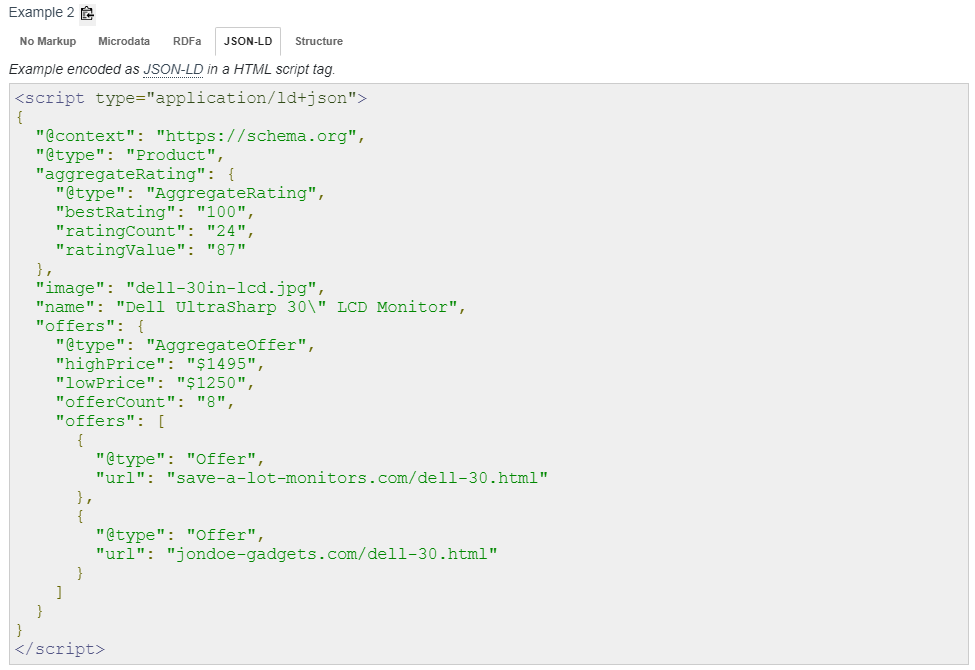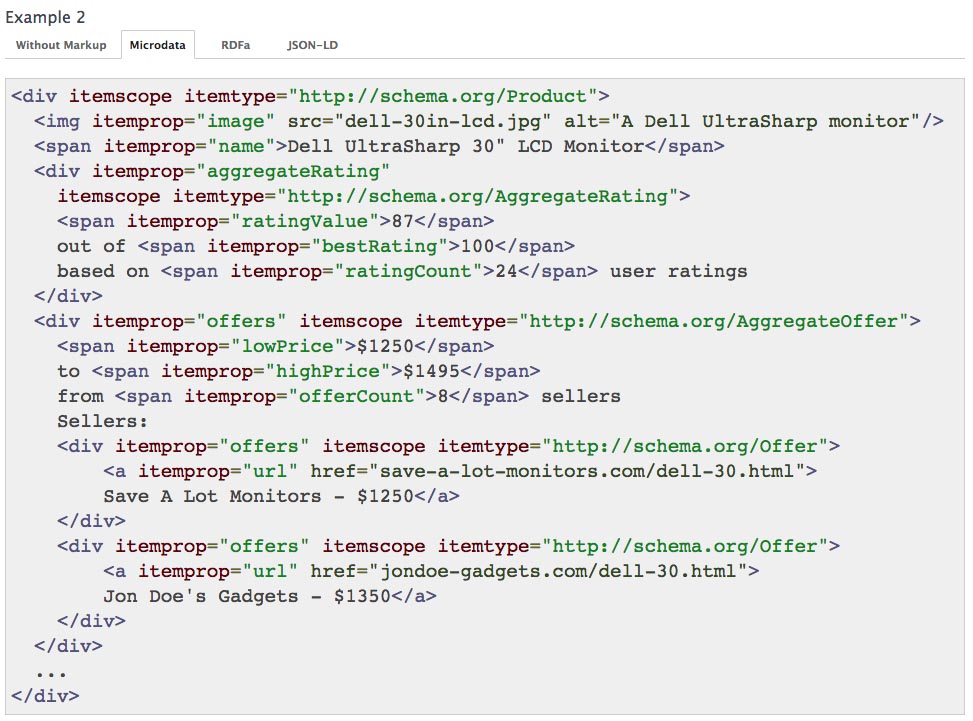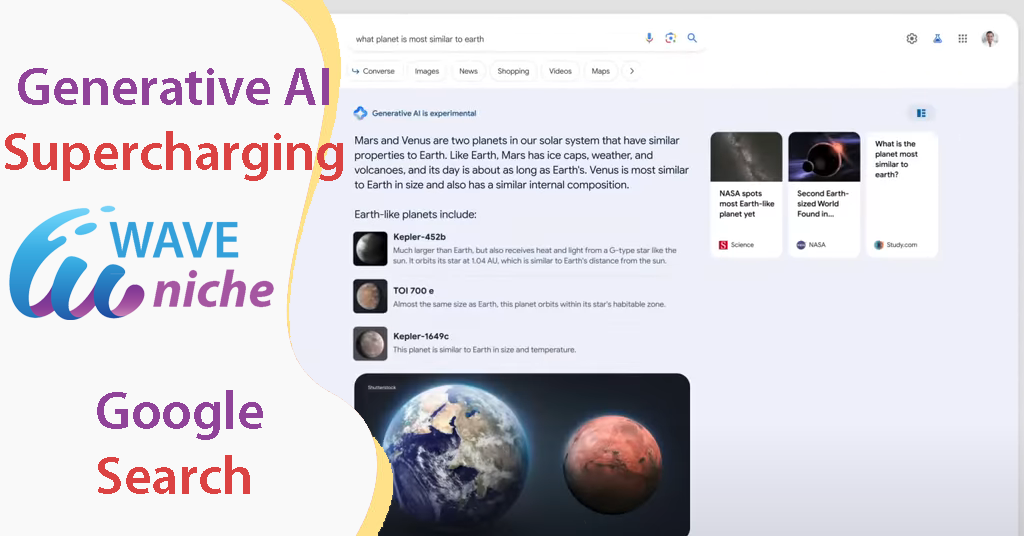Users’ expectations have drastically shifted from just the traditional blue links to a whole new experience within the results page itself.
To stay relevant, technical SEOs and web developers need to embrace structured data and understand how to capitalize on new optimization opportunities. Before jumping into the code, let’s start with the basics.
What is Structured Data?
Structured data in SEO refers to a specific format of organizing website data that search engines can easily understand and use to display relevant information in search results. Structured data is a type of metadata that helps search engines interpret the content of a web page more accurately, which can improve search engine rankings and increase visibility in search results.
Structured data is created using schema.org markup, which is a set of standardized tags or code snippets that can be added to a website’s HTML code. Schema.org provides a variety of markup types for different types of content, such as products, recipes, events, and more.
By using structured data markup, search engines can display rich snippets in search results, which can include additional information such as star ratings, prices, and availability. This can make search results more appealing and useful to users, which can increase click-through rates and traffic to a website.
Structured data can also help search engines understand the context of a web page and its content, which can improve the accuracy of search results and increase the likelihood of appearing in relevant search queries.
In summary, structured data is an important aspect of SEO because it helps search engines interpret the content of a web page more accurately and display relevant information in search results, which can increase visibility and traffic to a website.
Google is using this data to make their search engine more accurate by creating a knowledge graph.
This graph is an interconnected map of entities that follows the relationship between different terms, facts, data, dates, and more.

This allows Google to go from keyword matching to a context-rich search engine, capable of differentiating Taj Mahal the monument from Taj Mahal the casino in Atlantic City.
What it means for SEOs is that Google has given you a way to introduce your client’s brands and companies into their knowledge graph, making them real objects Google knows about and can recommend to users.
What Data Can You Mark Up?
Every object or type that can be marked up using structured data is listed on schema.org. There are currently 779 different types you can use. But don’t worry, you don’t need to know all of them.
For SEO purposes, here’s a list of items you’ll want to get familiar with:
- Organization
- Article
- Local business
- Music
- Recipe
- Critic review
- Video
- TV and movie
- Product
- Review
- Event
- Frequently asked questions (FAQ)
- VisualArtwork
What Are Schema Markup Benefits for SEO?
A significant advantage of using schema markup is the opportunity to increase the click-through rate (CTR) of your content that appears in the SERPs. A case study conducted by Simple Search found that adding structured data to product pages increased the CTR by 111%.
Google uses the structured data (SD) on your page to display additional information on the SERPs, like the RNG of a product or the number of reviews it has.
These rich results can take many forms depending on the type of content and the schema you add to the page.
Types of Rich Results Influenced by Structured Data
Using structured data on your pages can help Google display your content links as enhanced search results (or, rich snippets) on the SERPs, making your link stand out from the rest. This can be the difference between zero traffic to getting the lion’s share of the clicks.
Microformats How to Use It
Microformats are a type of structured data that use HTML to identify specific types of content on a web page, such as events, contact information, and reviews. Microformats are designed to make it easier for search engines and other applications to extract and use this data, which can improve the visibility and usability of a website.
Microformats use simple, standardized HTML tags to identify content on a web page. For example, the hCard microformat uses a set of HTML tags to identify information about a person or organization, such as their name, address, and phone number.

The use of microformats can improve the search engine visibility of a website, as search engines can use this data to provide more relevant and useful search results. For example, if a website uses the hEvent microformat to mark up information about an upcoming event, search engines can display this information directly in search results, making it easier for users to find and attend the event.
In addition to improving search engine visibility, microformats can also improve the usability of a website by making it easier for applications to extract and use data. For example, a calendar application could use the hEvent microformat to automatically add an upcoming event to a user’s calendar.
Overall, the use of microformats can be an effective way to improve the search engine visibility and usability of a website.
Be careful!
Google strictly monitors the correct use of structured data and microformat. Don’t abuse them.




